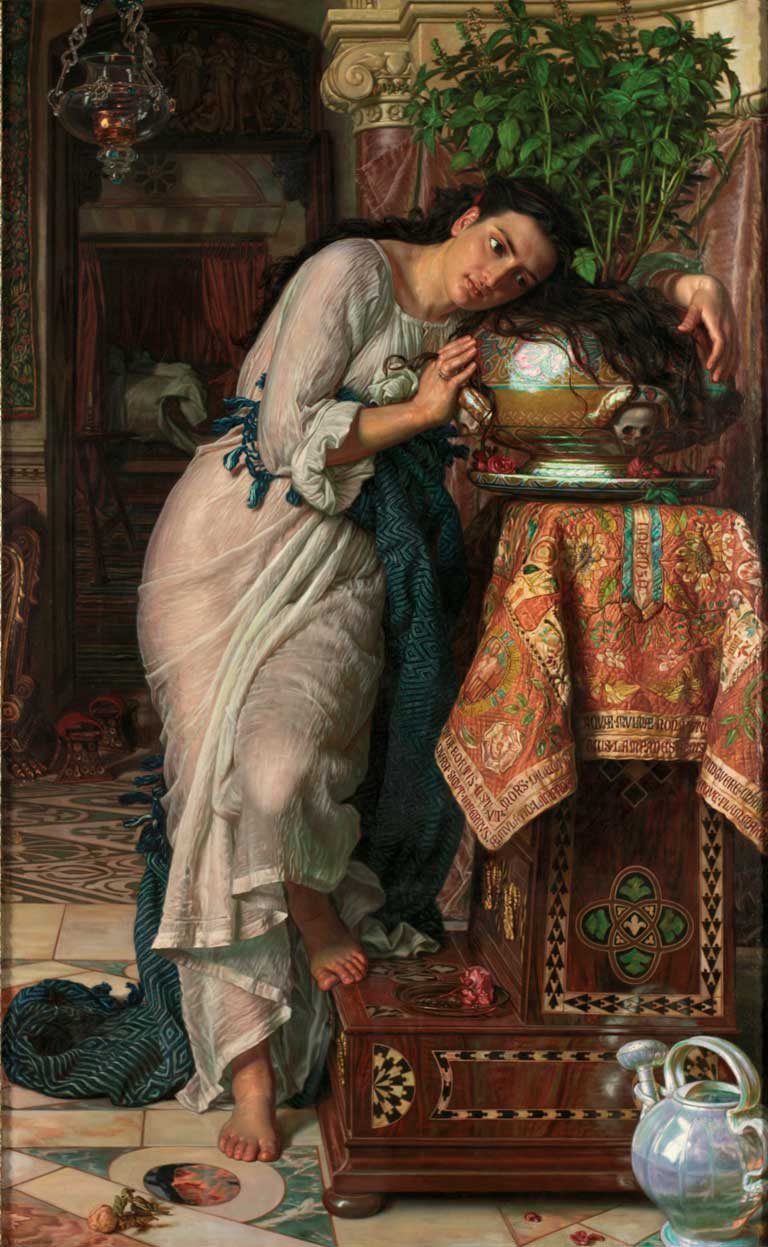Must see: Pre-Raphaelites: Victorian Avant-Garde, Tate Britain, London SW
How Victorian rebels with a cause broke out from the past

Your support helps us to tell the story
From reproductive rights to climate change to Big Tech, The Independent is on the ground when the story is developing. Whether it's investigating the financials of Elon Musk's pro-Trump PAC or producing our latest documentary, 'The A Word', which shines a light on the American women fighting for reproductive rights, we know how important it is to parse out the facts from the messaging.
At such a critical moment in US history, we need reporters on the ground. Your donation allows us to keep sending journalists to speak to both sides of the story.
The Independent is trusted by Americans across the entire political spectrum. And unlike many other quality news outlets, we choose not to lock Americans out of our reporting and analysis with paywalls. We believe quality journalism should be available to everyone, paid for by those who can afford it.
Your support makes all the difference.Can the Pre-Raphaelites be claimed for modernity? Are they not irredeemably Victorian, tame and locked into their own historical moment?
This show tries to persuade us otherwise, arguing that Dante Gabriel Rossetti, William Holman Hunt and John Everett Millais were rebels with a cause. Hating academic painting, they wanted to reach back to art-making that emphasised flat surfaces, sharp outlines, bright colours and truth to nature.
The style was to be hyper-realistic: the artists looked afresh at nature and painted in vivid colours that almost shriek at us, throwing off the grim murk of the average history painting. True, much of their moralism and symbolism seems of its time; so do Rossetti's patronising paintings of women.
In the last rooms of the show, though, as Pre-Raphaelitism starts to incline towards Symbolism and even Surrealism, we begin to see the past linking hands with all that would come after it.
(020 7887 8888; tate.org.uk) to 13 Jan
Join our commenting forum
Join thought-provoking conversations, follow other Independent readers and see their replies
Comments